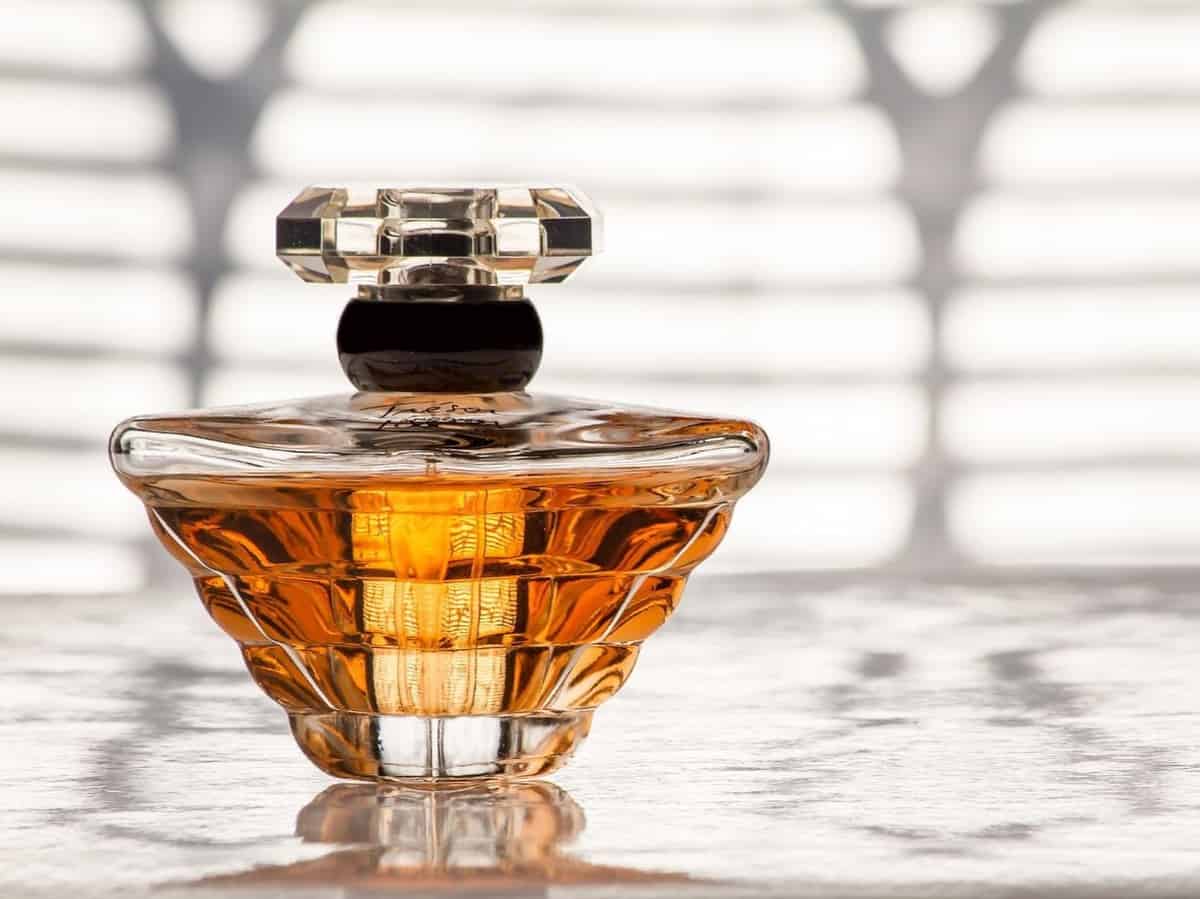

One of the most enigmatic women in world history, femme fatale and star crossed lover Egyptian Queen Cleopatra has evoked curiosity and fascination throughout the past hundreds of years.
She lived for just 39 years (69BCE- 30 BCE) before the beginning of the Christian era.
Cleopatra’s beauty, wit, and intelligence had the power to captivate two of the most powerful men in ancient history Roman Emperor Julius Caesar and Roman General Mark Antony. Both of whom fell headlong in love with her.
Interestingly besides her personal charm, one of her attractions is supposed to have been the highly aromatic perfume she used to entice men.
What scientists have done today is they have recreated Cleopatra’s perfume after studying historical Egyptian texts detailing the preparation of the perfume, chemical analysis and a lot of experimentation.
Scientists used the latest developments in chemistry, hi-tech X-ray fluorescence to study and analyse the molecules present in many jars ancients used for perfume manufacture.
A fillip to re-create ancient perfumes came after 2015, the discovery of an ancient Egyptian perfume ‘factory’, at the Tell Timai excavation project site of the ancient Egyptian city of Thmuis, founded in 4,500 B.C. There ancient kilns to produce perfume were found of pre-Roman period as also original amphorae with residues of the ingredients used to make the perfumes.
Scientists in a recent paper in Near Eastern Archaeology have pointed out the methods used to prepare perfumes by ancient Egyptians, “Scents were created through smoke from burning fragrant resins, barks, and herbs (“perfume” derives from per fumum “through smoke”), or through maceration by steeping resins, flowers, herbs, spices, and wood.”
The botanical identifications of the plants mentioned in the formulas played a key factor in their research
A virtual branch of study to recreate ancient perfumes has now opened up which will provide the thrill to be able to smell long lost perfumes and conjure up what perfume was worn by historical figures like Cleopatra or Helen of Troy.
In the ancient world, Egypt was famous for preparation of scents of all kinds which it had been producing for past hundreds of years even before Cleopatra’s rule.
Cleopatra’s own formulae of preparing the enchanting perfumes came out in a book form after her demise.
According to archaeologists Egyptian perfumes were based on vegetable oil and animal fat instead of alcohol which is the base in most of the modern perfumes.
The hieroglyphics recording the formula to make the scents have been lost with time.
The one being found closest to Cleopatra’s famed perfume seems to be made from a sweet heady mixture of freshly ground myrrh and cinnamon.
According to legend even the sails of her royal ships when she went to visit Antony were drenched with her powerful scent so that Marc Antony could smell her coming much before she reached the shore.
Shakespeare wrote in his play “Antony and Cleopatra”
‘The barge she sat in, like a burnish’d throne,
Burn’d on the water; the poop was beaten gold,
Purple the sails, and so perfumed that
The winds were lovesick with them…”
Cleopatra VII, was the last ruler of Egypt before the Romans took power. She came from Greek Ptolemaic dynasty.
Egypt was a declining power and Cleopatra’s love affair with great and powerful Roman emperor Julius Caesar must have taken its political repercussions into account. Naturally Roman and Egyptian ties increased and she was able keep the Egyptian throne and empire.
Cleopatra bore Caesar’s only son and named him Ptolemy Caesar or Caesarian (meaning: little Caesar).
Cleopatra started raising her son as the heir to Rome. Romans were already against the idea of Ptolemy Caesar being their king and following Caesar’s death his grandnephew Octavian became the emperor.
Mark Antony, Roman politician and general was the second in command with Julius Caesar. He was appointed administrator of Italy.
After Caesar’s assassination Antony joined Marcus Aemilius Lepidus, another general and Octavian and the Republic was divided between three of them. Antony was in charge of Rome’s eastern provinces, including Egypt, then ruled by Cleopatra.
Antony married Octavian’s sister, Octavia but once he met Cleopatra he fell in love with her who bore him three children.
Rome declared war on Cleopatra and Antony was declared a traitor. Antony was defeated and both Cleopatra and Antony fled to Egypt and later committed suicide.
The ancient perfumes are supposed to have had strong, spicy, musky fragrance. Cleopatra’s perfume is supposed to be known as Mendesian one of the most popular scents of those times. Another more elaborate form of Mendesian was known as Metopion with strong woody fragrance and made up of bitter almonds, cardamom, mastic, myrrh and camel grass.
Cleopatra is supposed to have her own perfume factory and preferred to wear her own brand.
Despite the fact that one cannot guarantee that the present concoction is actually the perfume which Cleopatra, but the chances are very high that it was a very similar fragrance chosen by the queen.
Clearly the same scent must have been used also by her close circle and the royal court.



